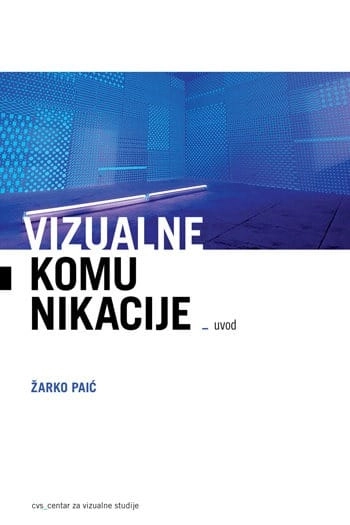
Visual Communications
Uvod
2008.
Description
Žarko Paić radically exposes the impossibility of new aesthetics after the end of the aesthetic autonomy of modern art. Visual communications are therefore not a positive way of presenting a new image in the postmodern age, but rather what follows W.J.T. Mitchell - the leading theoretician of visual culture and communications - as well as in the works of Lev Manovich and Dieter Mersch on media theory, shows the fundamental problem of critical thinking - the visual construction of culture as a communication system in modern times. The basic thesis of the book is that the imagery of our time can be read on three levels as: 1. iconic set of socio-cultural relations of different spheres of communication; 2. a visual turn in which images are no longer a substitute for text but the autonomous power of the new metadiscourse of media; 3. a sign of identity of individuals and groups in networked societies. Created as the result of a series of lectures at the Faculty of Textile Technology, this book, with its comprehensiveness of the topic and the breadth of its scientific approach, exceeds its initial ambition - to provide students of the humanities disciplines with a basic insight into contemporary problems of painting and art - and is promoted as a very serious introduction to a whole series of problems of theory and practices of visuality today.
Publisher:
Durieux
Language:
Croatian
Format:
Paperback
Dimension:
15 X 22.5 cm
Number Of Pages:
236